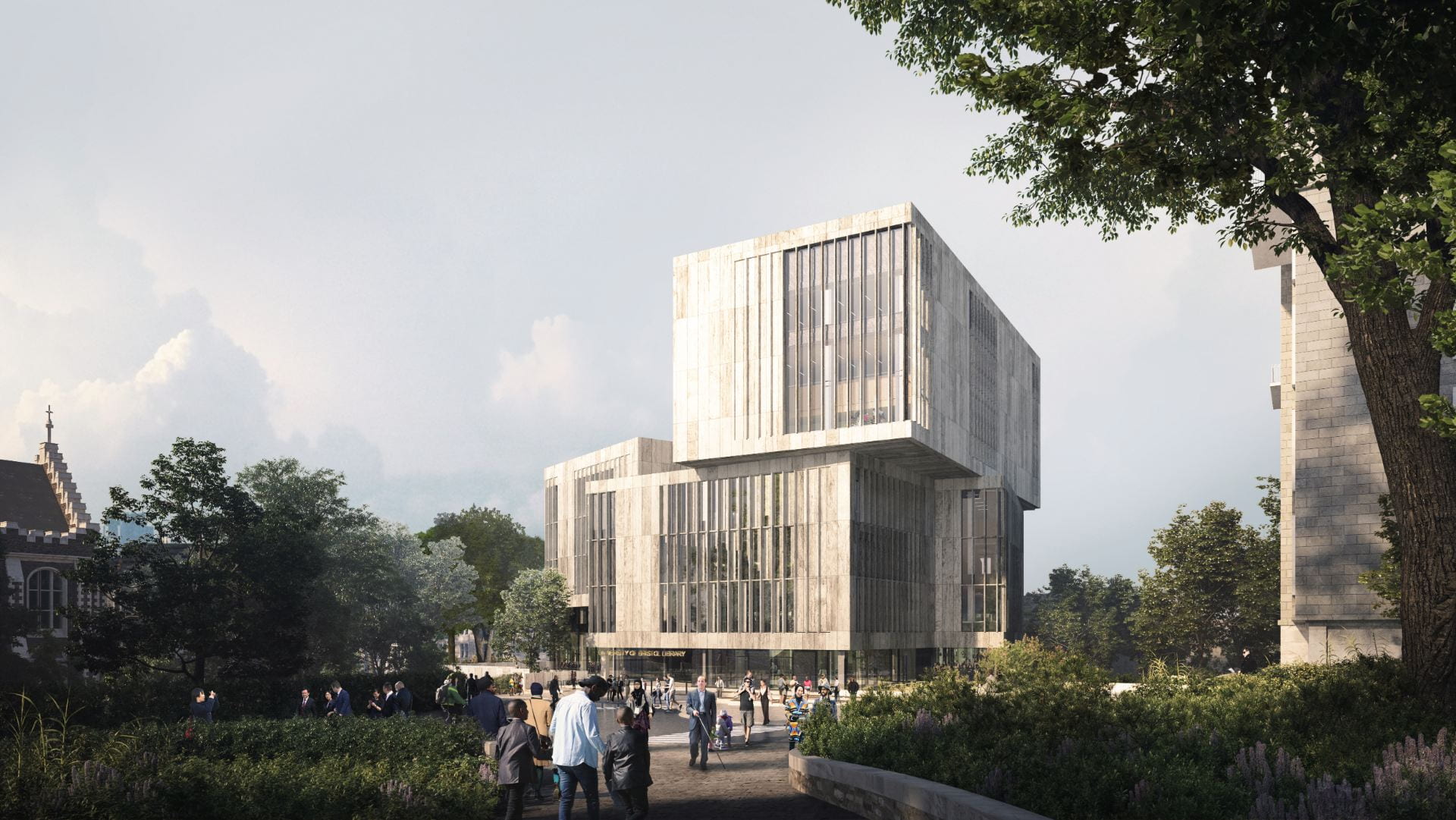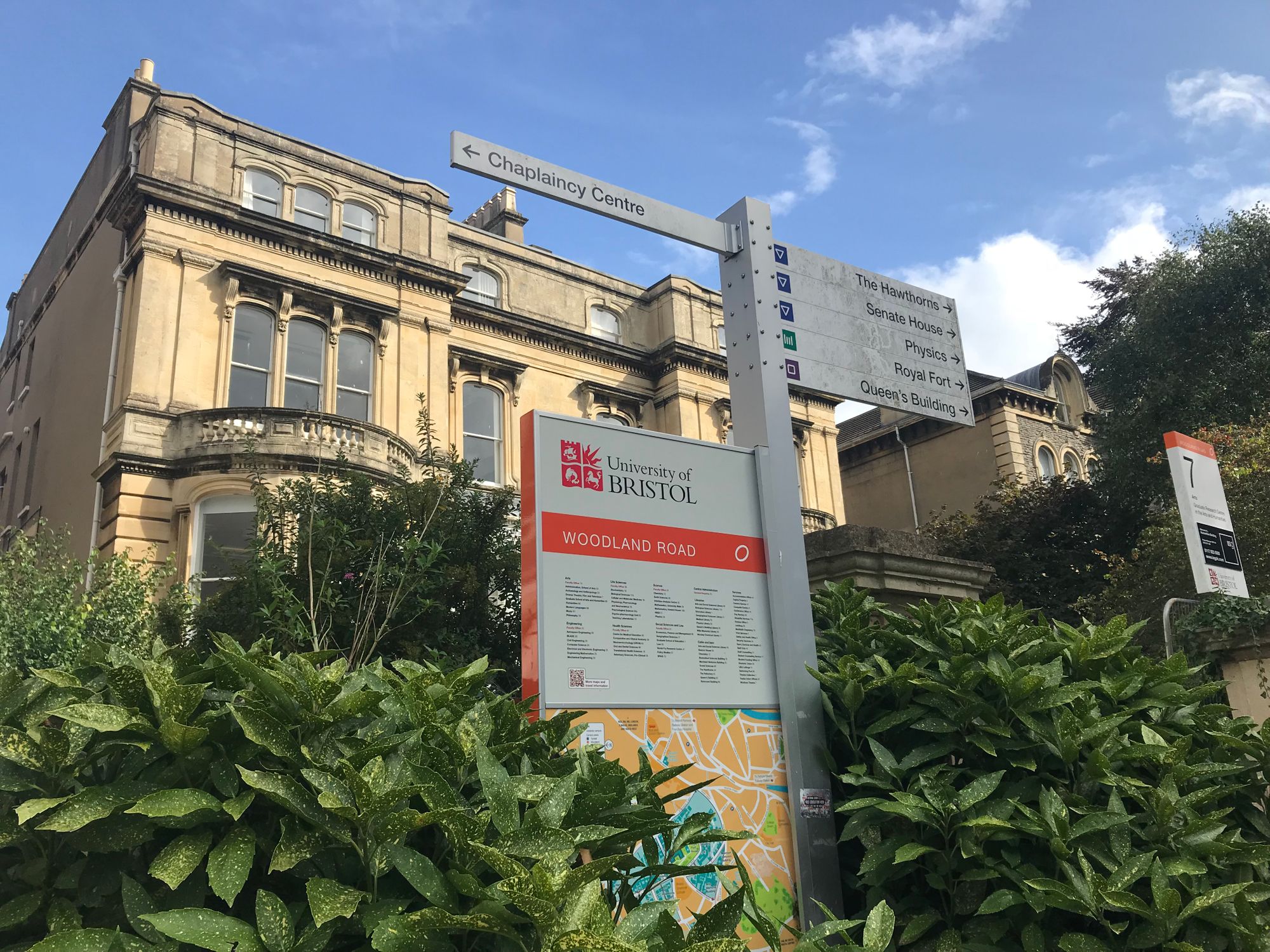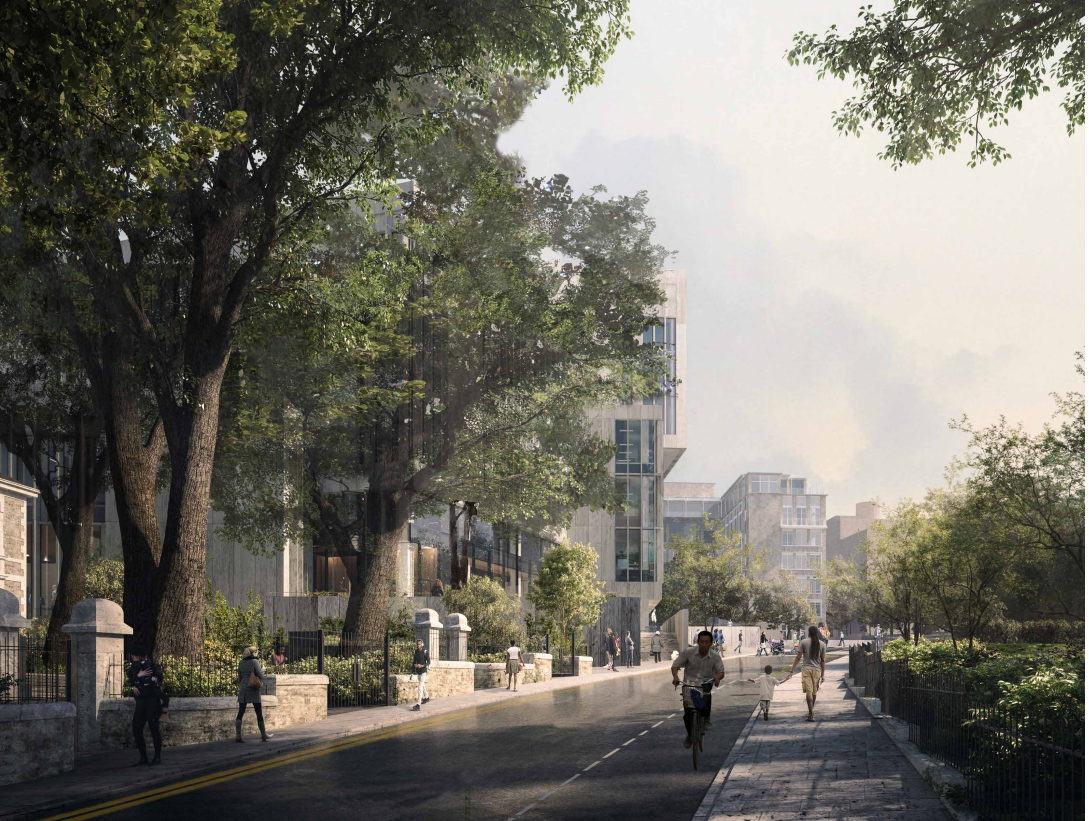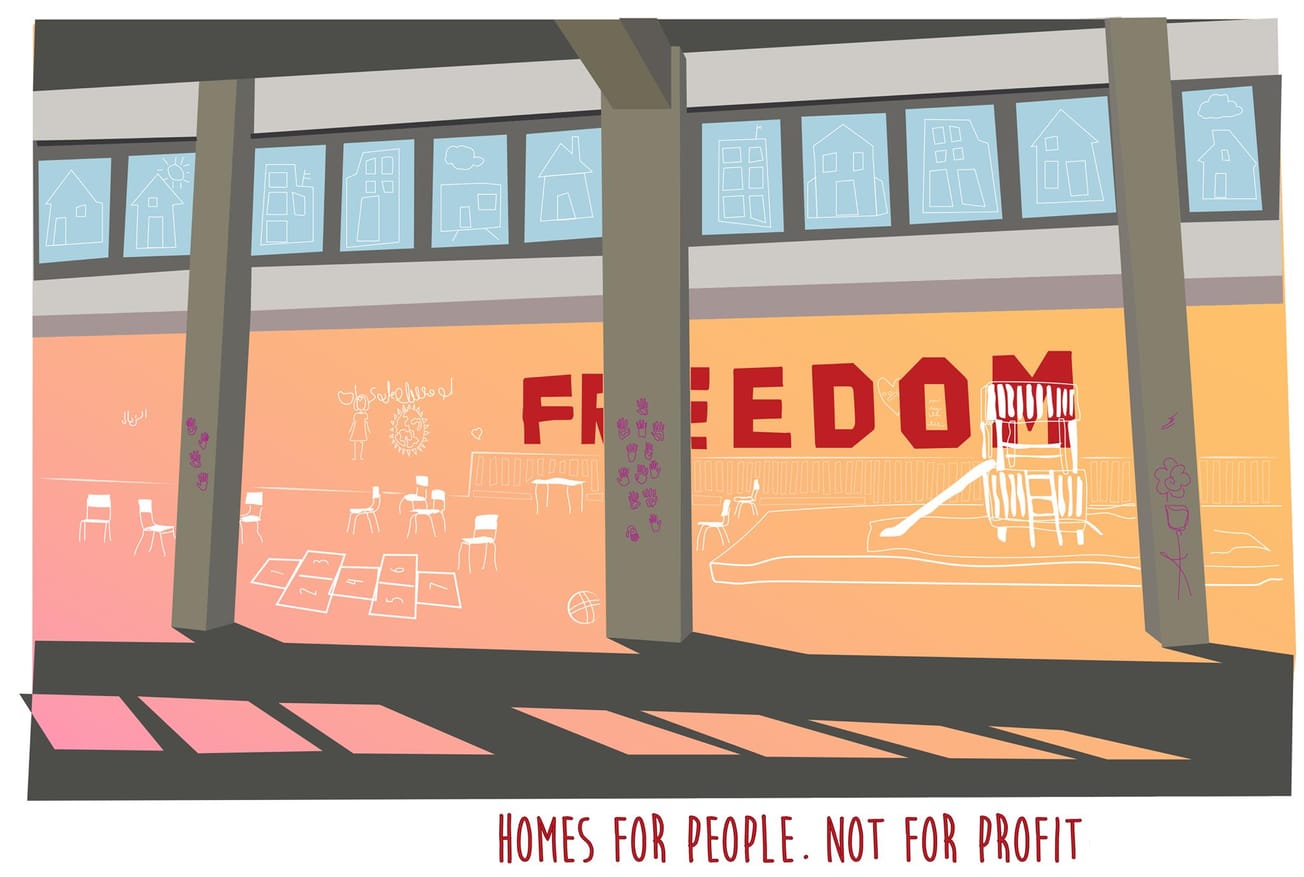By David Read Second Yr History
Around four years in the future the Hawthorns will be gone. What will stand in its place and the wider area around it will be vastly different, a part of the shifting university vision for its future direction.
As early as 2015 the University’s ‘Campus Heart’ program was created, aiming to develop the university and respond to students and their transforming needs. The proposals for a new library on the site of the Hawthorns formed part of this wider Campus Heart masterplan that aims to ‘provid[e] new and enhanced facilities, improvements to public spaces and creat[e] a welcoming heart to the University for students, staff and the wider community.’ This follows feedback from a University-wide survey in 2016 where students and staff asked for more space at the centre of the campus to work and relax.
The new seven-storey high University Library will boast ‘world class academic facilities’, according to the public consultation documents, and looks well-equipped for studying. It will house up to 420,000 books, whose height would be double Mount Everest if they were stacked on top of each other.Along with this it will contain 70,000 journals, over 60 PC desks, and a substantial amount of individual and group study spaces on every floor. The library itself will become home to the Arts and Social Sciences collection of books and journals. The current Arts and Social Science Library will retain ‘a significant number of study spaces’, however.

The library also seeks to attract the wider community, and so all of the ground floor and its facilities will be open to the public. This includes an exhibition gallery, an events space, a Centre for Cultural Collections, and a café with an outdoor terrace to enjoy in the warmer months.
Additionally, the build will include new outdoor public spaces. A civic square will be built outside the front of the building, extending across to Senate House, covering a section of Woodland Road. This will provide an exclusive pedestrian zone in the heart of the campus.
In keeping with the University’s commitment to becoming carbon neutral by 2030, the new library ‘meets high sustainability standards’ and will come with a range of energy-efficient measures including solar panels on the roof and a heating system that harnesses heat from computer servers.
The library also seeks to attract the wider community, and so all of the ground floor and its facilities will be open to the public.
Cyclists will also be especially pleased to hear that over 210 new bicycle parking spaces will be installed at the library and in the public spaces surrounding it.
The new library will sit on the site of the Hawthorns, which currently is a 24-hour access study centre, providing 235 seats. The University has said that these seats will be provided in the refurbished Senate House, due to fully reopen in 2020, however, it is unclear whether this will have 24-hour access.

Furthermore, in demolishing the Hawthorns, the University loses 116 accommodation places that, although a relatively small number compared to other University accommodation, is still a problem for a university that is already struggling to accommodate its ever-increasing student body.The University has said that a strategy for ‘the re-provision and/or relocation of the existing Hawthorns facilities within the University estate’ is being ‘developed’. Let’s hope these developments conclude by the autumn of 2020, when demolition work is due to begin.
Featured/ Courtesy of University of Bristol
Excited for the new library or think it's a step in the wrong direction? Get in touch and give your thoughts!








